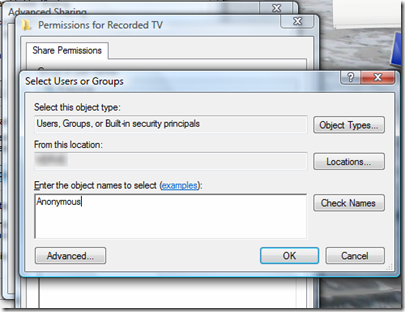The Windows 8 advertising campaign is like London buses at the minute; you wait patiently to see what Microsoft will launch to promote their new software only to find that four different video-based adverts have leaked at the same time. Only a couple of weeks are left until Windows 8 officially drops for the masses, and while the technology elite know a lot about the gorgeous new OS thanks to pre-release versions and keeping on top of the news, the general public may be non-the-wiser about what Microsoft is bringing with this latest offering.
With the official Windows 8 release date looming closer, it looks like Microsoft is making some changes to the way digital media is purchased in the OS, a move that will likely appease a lot of potential customers and make acquiring additional content a lot easier to understand. In the past, Microsoft adopted a Points system as their preferred method of allowing users of their products to purchase additional content through their various stores, meaning that customers have to exchange cash for s bundles of points, which can then be used to grab things like movies and music. That is all set to change with Microsoft phasing the Points system out in Windows 8.
Microsoft's Xbox 360 console has established itself as a gaming console, but in line with the changing face of technology, the Redmond company has been pushing it towards the all-round entertainment market. As well as the Kinect, which sold at the kind of speeds only Apple's iPhone can relate to, various Dashboard updates have seen the gamers' paradise morph into something of a set-top box.
Concept ideas are dreamed up, worked on, and scrapped by companies all the time, but when a project has a certain unique quirk or charm, it’s always worth going back for a second look. At least, that’s what members of Microsoft’s C++ team have done in creating Project Austin – an app designed and heavily influenced by the old codename: Courier.
If you happen to be a Windows user, then you will probably understand some of the issues that come attached with using the touch sensitive pads on laptops and notebooks. Instead of using a dedicated mouse, a lot of users rely solely on the embedded trackpads to navigate through their applications and the file system. In theory that's all well and good, but more often than not the reality of the situation is entirely different with hardware manufacturers doing a pretty poor job of bringing a decent feature set to their navigation pads.
Although Microsoft's latest Windows 8 operating system initially had everybody talking and was generating some serious excitement during the beta stages, the current hype surrounding the new OS seems to have calmed off a little as we approach the official release date. Public opinion on the OS seems mixed, but it will be extremely interesting to see what the adoption rates are like when it is eventually made available to the masses.
With Windows 8, Microsoft aims to introduce new idea of what the desktop, laptop and tablet computer should look like. There are some pretty major changes both under the hood and up front for millions of existing Windows users around the globe.
The notebook industry is so large and diverse that there is always going to be a product out there that will cater for the tastes of all who are interested in purchasing one. Regardless of whether it's an upgrade to an existing product or the consumer’s first soiree into the laptop based computing world, you can be guaranteed that between the multiple manufacturers and operating systems out there, there will definitely be something to suit all requirements.
The tablet market has, up until recently, been pretty one dimensional, but now it's emerging into a battle fought on several different fronts. The original iPad first arrived in 2010, and having tried to emulate its success by essentially emulating its design, competitors have taken revised approaches. As well as the smaller tablet (see Google-ASUS Nexus 7), there's now a Microsoft-lead push for so-called hybrid devices - tablets which can also double up as notebooks and ultrabooks with attachable keyboards.
With the release of Windows 8 and its brand spanking new Metro interface, Microsoft will all-but get rid of the Start Menu off for good. At least, that's the plan.

